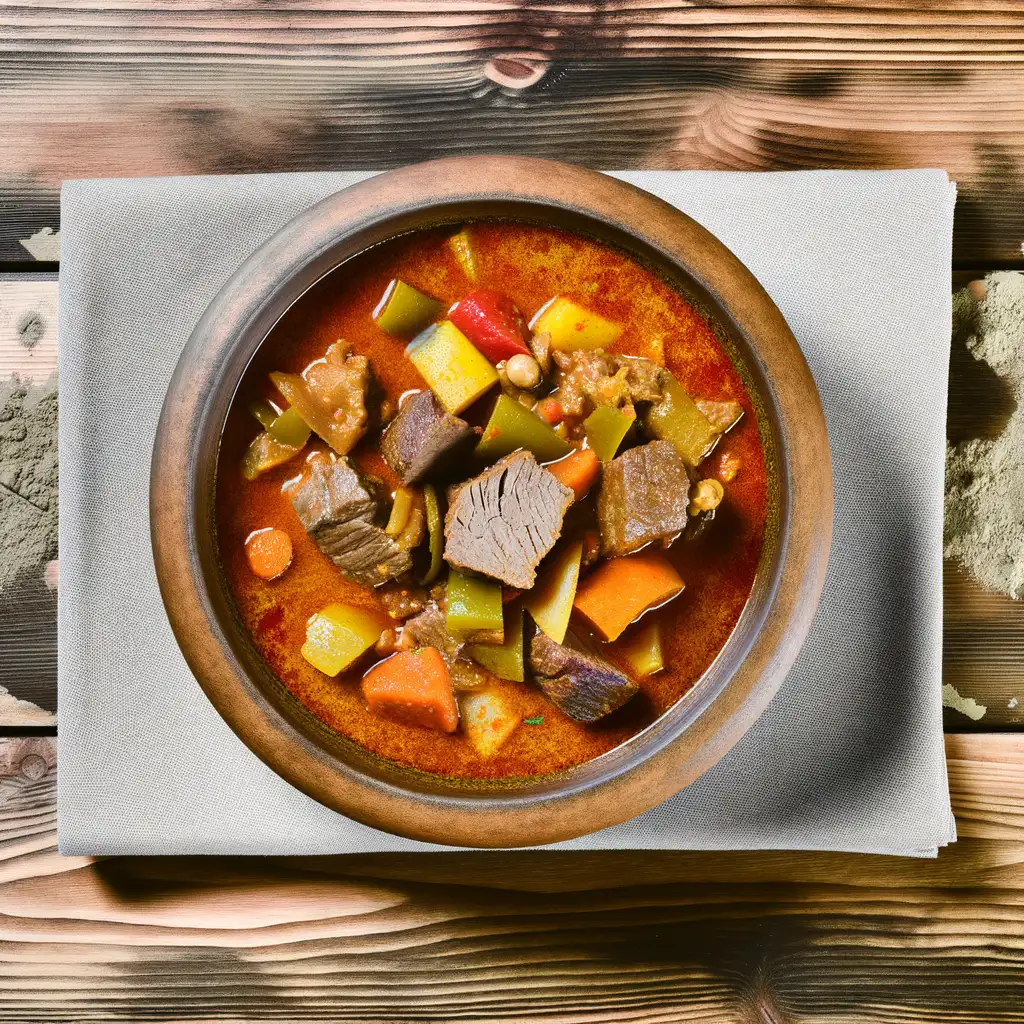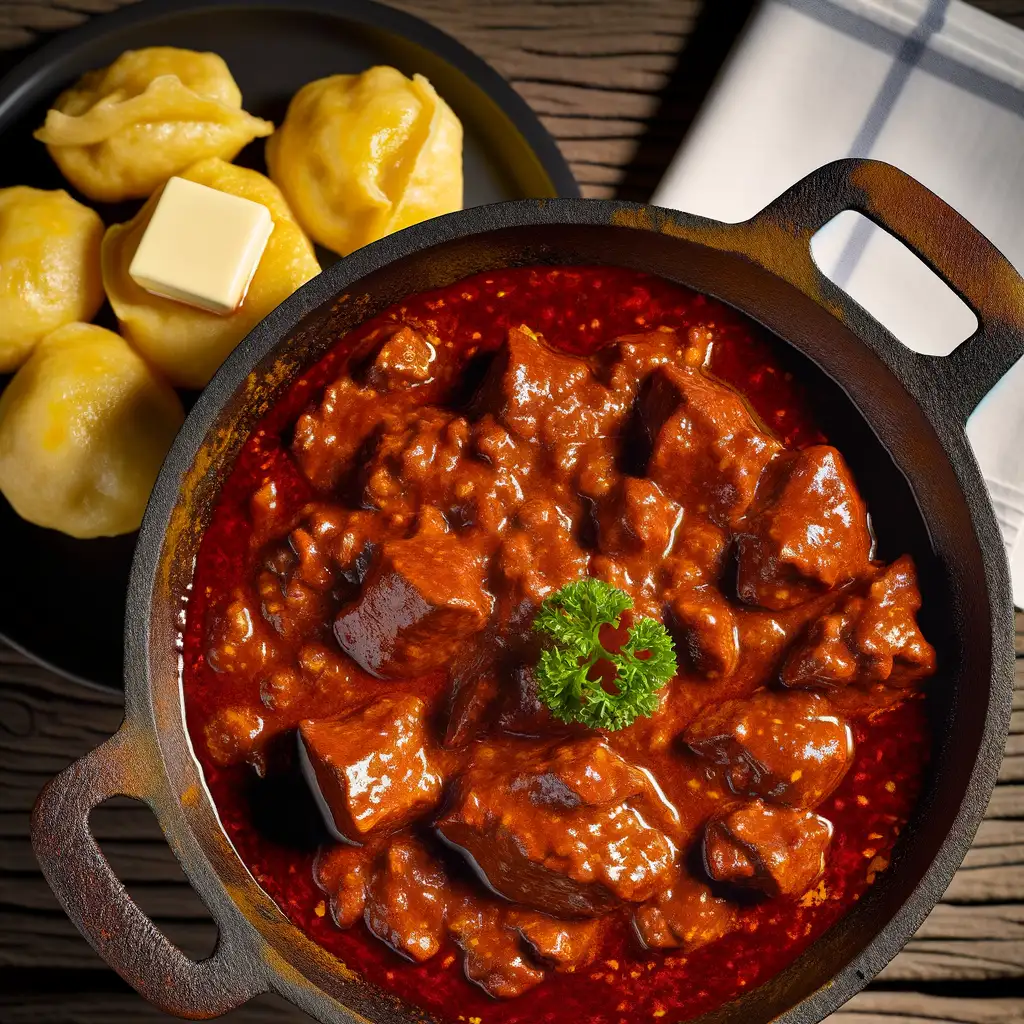



If you find yourself wandering through western Hungary,Szombathely is a city that quietly pulls you in with its gentle charm and rich layers of history. The moment you step into its sunlit streets,there’s a comforting hum of everyday life—locals chatting over coffee,the soft clatter of footsteps on cobblestones,and the occasional ring of a bicycle bell. It’s a place where Roman ruins peek out from beneath modern buildings,whispering stories of centuries past,while vibrant street art and cozy cafés give the city a fresh,youthful pulse. Walking through Szombathely,you’ll catch the scent of freshly baked pastries mingling with the earthy aroma of nearby parks. The city’s heart beats strongest in its lively markets and quaint squares,where you can savor traditional Hungarian dishes like lángos or goulash,rich with paprika and slow-cooked goodness. The locals’ warmth is palpable—they’re proud of their city’s heritage but also eager to share its evolving culture with visitors. What makes Szombathely truly special is its balance between old and new. You can explore the impressive Savaria Museum,tracing the city’s Roman roots,then unwind in a leafy park or sip a glass of local wine as the sun dips behind the nearby hills. It’s a place that invites you to slow down,soak in the atmosphere,and feel connected—not just to the city,but to a deeper sense of time and place.
The information on this page is currently being reviewed by Tripkliq and should be used as a guide only
Eng word: Hello
Eng pronunciation: See-ya
Local language: Szia
Eng word: Goodbye
Eng pronunciation: Vees-laht
Local language: Viszlát
Eng word: Thank you
Eng pronunciation: Kuh-suh-nuhm
Local language: Köszönöm
Eng word: How much
Eng pronunciation: Men-yee-beh keh-rool
Local language: Mennyibe kerül
Eng word: Toilet
Eng pronunciation: Vay-tsay
Local language: WC
Eng word: Help me
Eng pronunciation: Sheg-eet-sheg
Local language: Segítség
Eng word: Yes
Eng pronunciation: Ee-gen
Local language: Igen
Eng word: No
Eng pronunciation: Nem
Local language: Nem
Eng word: Excuse me
Eng pronunciation: El-ney-zesht
Local language: Elnézést
Szombathely, known as Savaria in ancient times, was founded by the Romans in 45 AD. It is one of the oldest cities in Hungary and was an important center of trade and culture in the Roman Empire.
The city boasts well-preserved ruins from its Roman past, including the remains of a Roman bath, an amphitheater, and a forum. These sites offer a glimpse into the city's ancient history.
Szombathely is the birthplace of Saint Martin of Tours, one of the most venerated saints in Christianity. Born in 316 AD, he is known for his acts of charity and his role in spreading Christianity in Europe.
The Bishop's Palace, built in the 18th century, is a stunning example of Baroque architecture. It serves as the residence of the Bishop of Szombathely and is a key historical landmark.
The Szombathely Cathedral, also known as the Cathedral of the Visitation, is a magnificent Baroque church completed in 1797. It is one of the largest and most beautiful cathedrals in Hungary.
The Iseum Savariense is a reconstructed Roman temple dedicated to the goddess Isis. It is one of the most significant archaeological sites in Hungary and offers insights into Roman religious practices.
Every August, Szombathely hosts the Savaria Historical Carnival, a vibrant festival that celebrates the city's Roman heritage with parades, reenactments, and cultural events.
The Main Square of Szombathely is a charming area surrounded by historic buildings, cafes, and shops. It is a popular gathering place for locals and tourists alike.
Located near Szombathely, Jurisics Castle is a well-preserved medieval fortress that played a crucial role in defending the region against Ottoman invasions. It is now a museum and cultural center.
In Szombathely, the most common Power Adaptor is Type C, Type F.



A hearty soup made with meat, potatoes, vegetables, and paprika, known for its rich flavor and often enjoyed as a main dish.

A traditional Hungarian stew made with meat (usually beef or pork), onions, paprika, and other spices, often served with dumplings or bread.

A deep-fried flatbread typically topped with garlic, sour cream, and cheese, popular as a street food snack.

Savory pancakes filled with meat, usually served with a rich sauce, a popular dish in Hungarian cuisine.


A sweet, spiral-shaped pastry cooked over an open flame, coated in sugar and often flavored with cinnamon or nuts.

Stuffed cabbage rolls filled with a mixture of minced meat and rice, cooked in a savory tomato sauce.
Budapest feels like stepping into a storybook where history and modern life dance together effortlessly. The moment you stroll along the Danube River,with the majestic Parliament building glowing in the evening light,you sense a city that’s both grand and inviting. There’s a rhythm here—street musicians playing haunting melodies,the clinking of glasses in cozy ruin pubs,and the gentle splash of thermal baths that have been soothing locals for centuries. It’s a place where every corner whispers tales of empires past,yet pulses with youthful energy.
Wandering through the cobbled streets of the Castle District,you catch the scent of fresh pastries mingling with the earthy aroma of old stone walls. The vibrant markets buzz with vendors selling paprika,fresh bread,and sweet chimney cakes,tempting you to taste the rich flavors of Hungarian cuisine. Budapest’s character shines brightest in its contrasts:the elegant Art Nouveau cafés sit side by side with edgy street art,and the grand boulevards lead you to intimate courtyards where locals sip coffee and chat animatedly.
What makes Budapest truly unforgettable is how it wraps you in warmth—whether it’s the steamy embrace of a thermal bath on a chilly day or the friendly chatter in a bustling café. It’s a city that invites you to slow down,savor every moment,and discover stories hidden in its architecture,food,and people. Trust me,once you’ve felt Budapest’s pulse,you’ll carry a piece of it with you long after you leave.
Vienna feels like stepping into a living storybook where every street hums with history and charm. The moment you wander through its grand boulevards,you’re wrapped in a warm embrace of baroque architecture,cozy coffeehouses,and the gentle melodies of street musicians playing waltzes nearby. There’s a rhythm to the city — elegant yet inviting — where the past and present dance together effortlessly.
As you stroll along the Danube or through the lush gardens of Schönbrunn Palace,you catch the scent of freshly baked strudel mingling with the earthy aroma of roasted coffee beans from a nearby café. The city’s café culture is something special; sitting down with a slice of Sachertorte and a strong Viennese coffee feels like a small,delicious ritual. You’ll hear the soft clink of porcelain cups and the murmur of locals deep in conversation,making you feel instantly at home.
Vienna’s character is a blend of refined artistry and genuine warmth. It’s a place where grand opera houses and modern galleries coexist,and where the locals’ pride in their musical heritage is palpable. Whether you’re exploring the vibrant Naschmarkt with its colorful stalls or catching a live performance in a centuries-old concert hall,Vienna invites you to slow down,savor the moment,and soak in its timeless elegance.
Imagine wandering through a city where the old world gently brushes against the new,and every corner hums with a quiet,inviting energy—that’s Zagreb. From the moment you step into its cobbled streets,you’re wrapped in a warm,lived-in charm. The air carries the scent of fresh coffee mingling with blooming linden trees,while the distant chatter from open-air cafés spills into the streets,inviting you to slow down and savor the moment. Zagreb doesn’t shout for attention; it welcomes you like an old friend,with a smile and a story.
The city’s character is a delightful blend of Austro-Hungarian elegance and vibrant Croatian spirit. Strolling through the Upper Town,you’ll catch glimpses of medieval towers and baroque facades,while the Lower Town buzzes with modern life—art galleries,quirky boutiques,and lively markets where you can taste local cheeses,honey,and the unmistakable sweetness of fresh figs. Music often drifts from street performers,adding a soundtrack to your exploration that feels both spontaneous and soulful.
What makes Zagreb truly special is its rhythm—unhurried yet alive. Whether you’re sipping a glass of robust Croatian wine in a cozy tavern or watching the sunset paint the rooftops in shades of gold and rose,there’s a sense of belonging here. It’s a city that invites you to not just see it,but to feel it,to become part of its story,even if just for a little while.
Imagine stepping into a city where every corner feels like a scene from a timeless painting—Venice is exactly that kind of place. The moment you arrive,the gentle lapping of water against ancient stone buildings wraps around you like a soft melody. Instead of streets,there are winding canals,and instead of cars,gondolas glide silently beneath ornate bridges,their oars dipping rhythmically into the emerald water. The air carries a mix of salty sea breeze and the faint aroma of fresh espresso and baked pastries from nearby cafés,inviting you to slow down and savor the moment.
Venice has this magical,almost dreamlike quality. The light here is different—soft and golden in the mornings,casting long shadows on the labyrinth of narrow alleys and colorful facades. You’ll find yourself wandering without a map,getting delightfully lost among the bustling markets,where vendors call out in melodic Italian,selling everything from fresh seafood to vibrant Murano glass. The city’s rich history whispers from every corner,from the grandeur of St. Mark’s Basilica to the quiet charm of tucked-away piazzas where locals sip wine and chat as if time has paused.
What makes Venice truly unforgettable is its rhythm—slow,intimate,and deeply human. It’s a place where you can hear the laughter of children playing by the water,the clinking of glasses in cozy trattorias,and the soft hum of a street musician’s violin. Visiting Venice isn’t just about seeing a city; it’s about feeling its heartbeat,tasting its flavors,and becoming part of its endless story.
If you find yourself wandering through Slovenia,Opčina Ljubljana-Bežigrad offers a refreshing slice of everyday life with a quietly vibrant pulse. It’s not the flashy heart of Ljubljana,but that’s exactly what makes it feel so genuine—like stepping into a neighborhood where locals greet each other by name and the rhythm of daily life unfolds at a comfortable pace. As you stroll along its streets,you’ll catch the scent of fresh coffee mingling with the earthy aroma of nearby parks,while the chatter of friendly conversations drifts from cozy cafés and bustling markets.
The architecture here is a charming mix of old and new,with quaint houses standing shoulder to shoulder with modern buildings,reflecting a community that honors its roots while embracing the future. On weekends,the local farmers’ market bursts to life with colorful stalls offering everything from ripe,sun-kissed fruits to homemade pastries that melt in your mouth. It’s the kind of place where you can savor a leisurely breakfast,watching the world wake up around you.
What really sets Opčina Ljubljana-Bežigrad apart is its warm,unpretentious spirit. It’s a neighborhood that invites you to slow down,soak in the simple pleasures,and connect with the authentic Slovenian way of life. Whether you’re wandering through leafy parks,sampling local flavors,or just sitting on a bench watching the day unfold,you’ll feel a comforting sense of belonging that stays with you long after you leave.
If you ever find yourself wandering through Split,it’s like stepping into a living,breathing storybook where ancient history and vibrant modern life dance together effortlessly. The moment you stroll along the Riva promenade,the salty breeze from the Adriatic mingles with the aroma of fresh espresso and grilled seafood wafting from nearby cafés. Locals chat animatedly in the sun-dappled squares,their laughter blending with the distant hum of boats bobbing gently in the harbor. There’s a laid-back energy here that feels both timeless and alive,inviting you to slow down and soak it all in.
Split’s heart beats strongest in Diocletian’s Palace,a sprawling Roman fortress that’s less a museum and more a neighborhood where people live,shop,and gather. Walking through its ancient stone alleys,you’ll catch glimpses of colorful markets,artisan shops,and cozy taverns tucked into centuries-old walls. At night,the city transforms as lanterns flicker on,and the sound of live klapa singing—traditional a cappella harmonies—drifts through the air,wrapping you in a warm,soulful embrace.
What really makes Split unforgettable is how effortlessly it blends the old with the new. You can savor a plate of fresh octopus salad while watching fishermen haul in their catch,then wander to a rooftop bar for a cocktail as the sun sets behind the islands. It’s a place where every corner tells a story,every meal feels like a celebration,and every moment invites you to become part of its ongoing tale.
Tourists may encounter unfavorable exchange rates or hidden fees at unofficial currency exchange locations.
Scammers may sell counterfeit tickets to attractions or offer fake guided tours that never happen.
Some taxi drivers may overcharge tourists by not using the meter or taking unnecessarily long routes.
Crowded areas, such as markets or public transportation, may attract pickpockets targeting tourists.
Some restaurants may inflate bills or add hidden charges for tourists who are unfamiliar with local pricing.
Vendors may sell counterfeit or low-quality goods at high prices, claiming they are authentic or handmade.
Hungary has strict drug laws, and Szombathely is no exception. The possession, use, and trafficking of illegal drugs are criminal offenses and can result in severe penalties, including imprisonment. Even small amounts of illegal substances can lead to legal consequences. Tourists should avoid any involvement with illegal drugs to ensure a safe and trouble-free visit.
In Szombathely, Hungary, smoking is regulated by national laws. Smoking is prohibited in all enclosed public spaces, workplaces, public transport, and within a certain distance from the entrances of public buildings. Designated smoking areas may be available in some places, but it is important to look for signs indicating where smoking is allowed. Violations can result in fines.
Vaping is subject to similar regulations as smoking in Szombathely. It is prohibited in enclosed public spaces, workplaces, and public transport. Vaping is also restricted in certain outdoor areas, such as playgrounds and near the entrances of public buildings. Tourists should look for designated vaping areas and adhere to local signage to avoid fines.
What are other people saying about Szombathely?
Recent Social posts about Szombathely
There is nothing to show you for now.